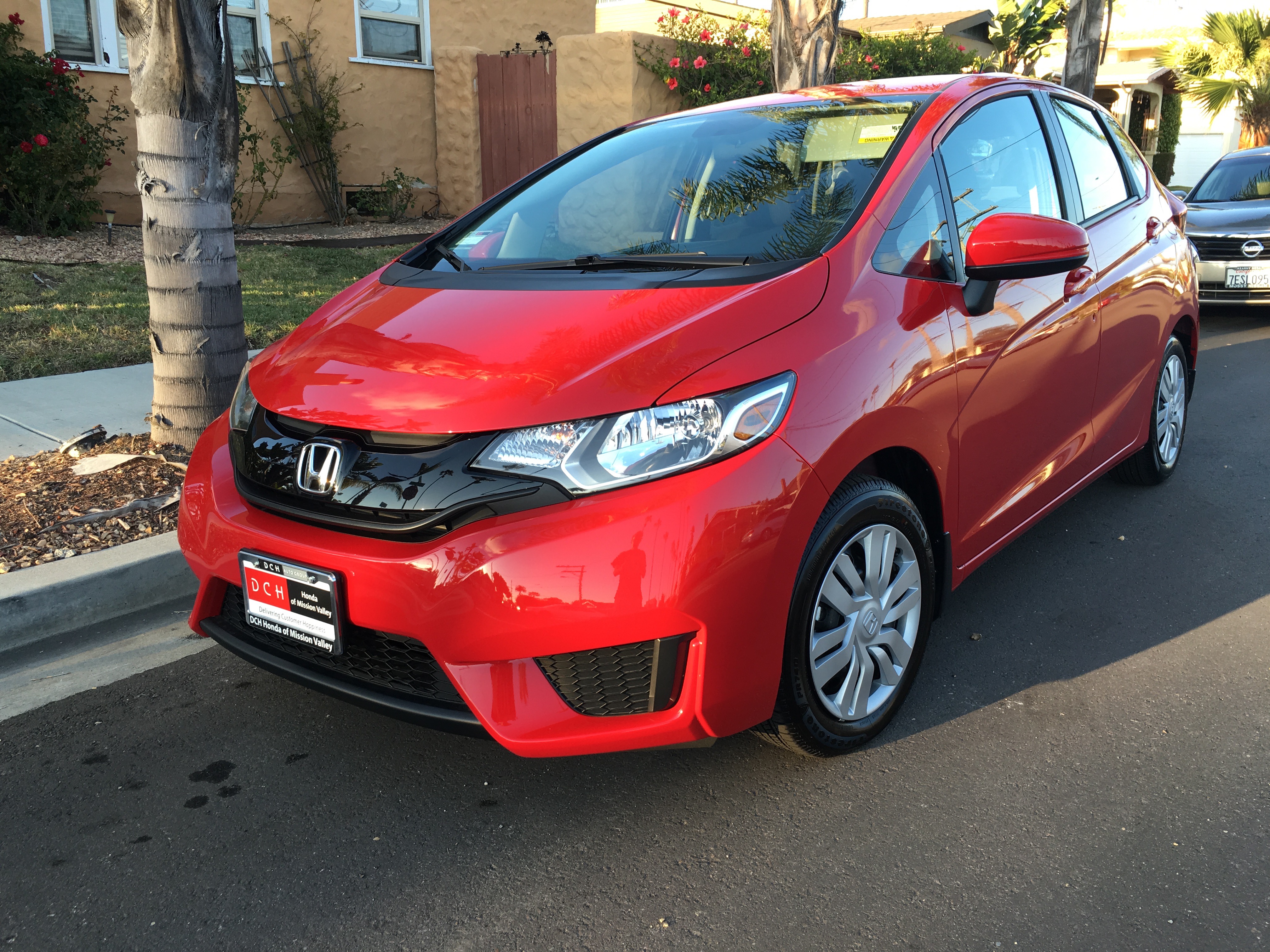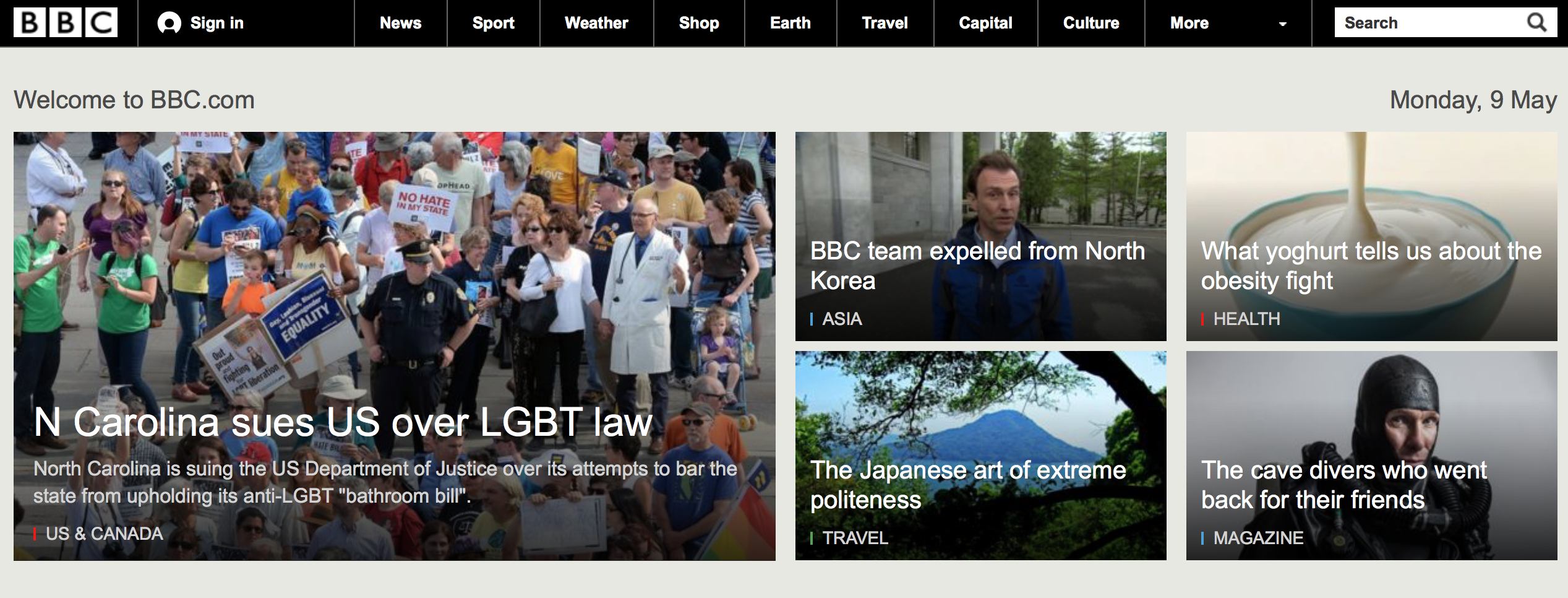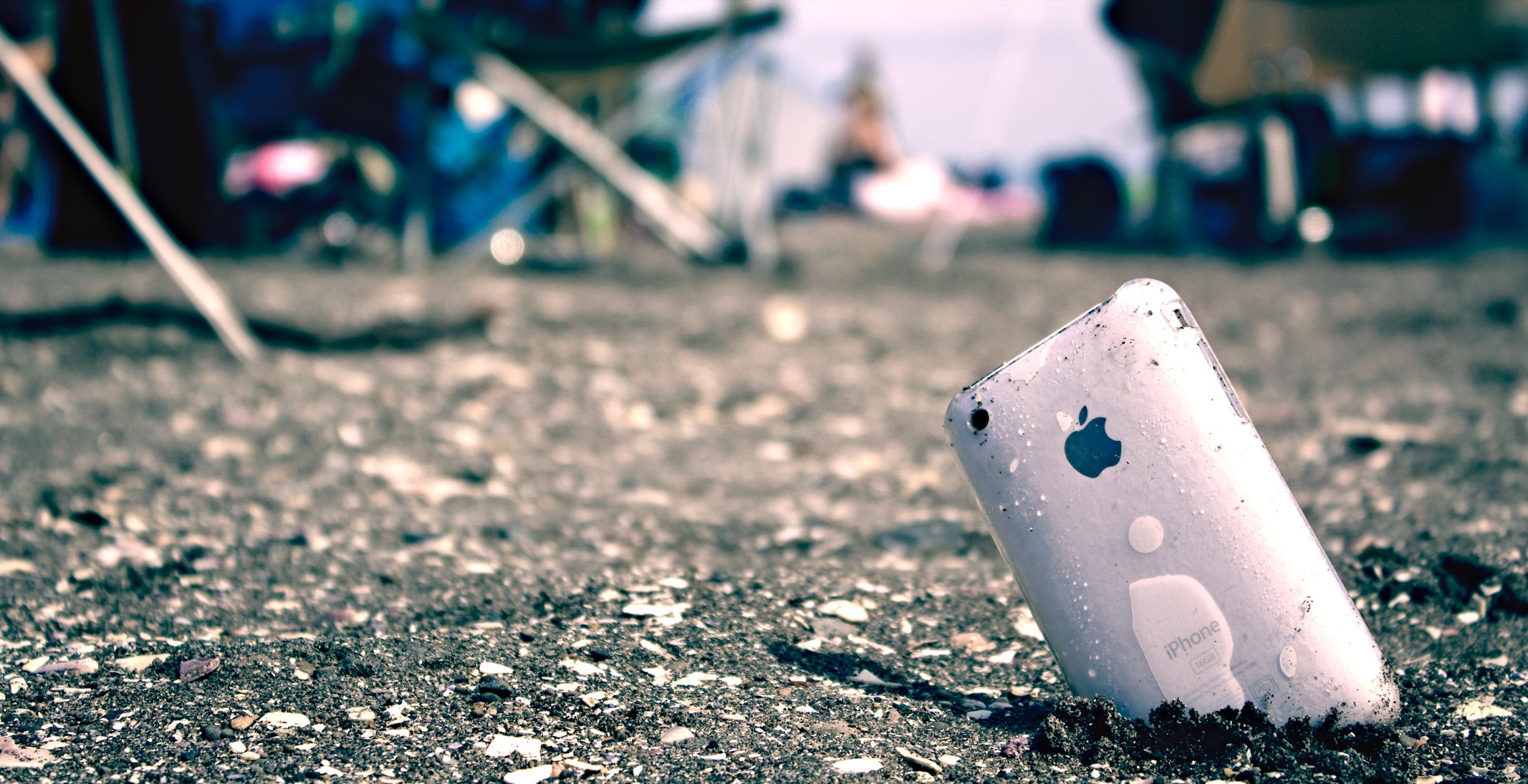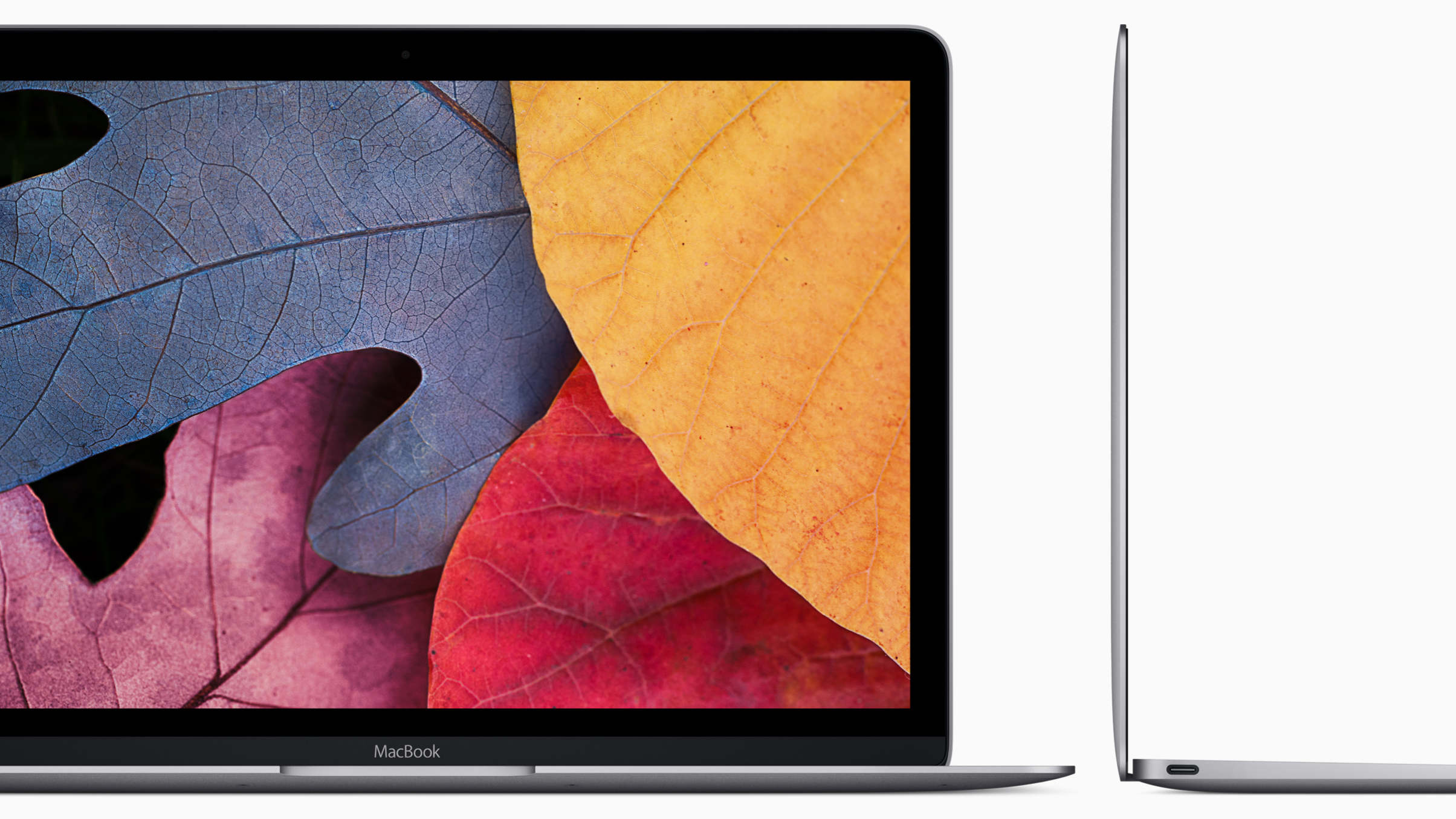This week I pick up the pieces of early May and return to business as usual—eh, hopefully. I’ll recount events chronologically, offering context for near absence on my personal site and complete disappearance from BetaNews, where my last story, as of writing here, was April 27, 2016.
The following day, there was an unfortunate vehicular incident, involving our six-and-a-half old Toyota Yaris, which the insurer designated total loss. That wasn’t the outcome I had hoped for, despite extremely generous compensation for the car’s value. We paid for the Yaris in full and, as such, planned on running it for many more years yet.











